Inspired by Microsoft's SenseCam research this project aims to create a device for personal augmentation of autobiographical memory using relatively inexpensive and accessible hardware. The basic approach is to record short snippets of video taken in first person perspective from glasses, and boost retrieval of the recorded events through abbreviated review of the processed images.
SenseCam was shown to be highly capable of improving recall of autobiographical memory, both in those with memory deficiencies and in healthy people. It was turned into a commercial product known as the Vicon Revue, which sold for $775 and is no longer available for purchase. With the rise of social media platforms the act of life-logging has become a mainstream habit, though in stunted formats. Snapchat ventured to further enable the digitization of the lives of the individuals which use its platform by creating Spectacles, which are sunglasses able to capture 30 second snippets of video and upload it to Snapchat through a paired phone. The hardware in Spectacles is surprisingly well designed and capable. The price is relatively reasonable at $130.
If the Spectacles hardware can be used separately from the Snapchat platform then it is an almost ideal starting point for recreating the approach to memory augmentation proven in the SenseCam project, which both healthy and memory deficient people stand to benefit from.
 Owen Trueblood
Owen Trueblood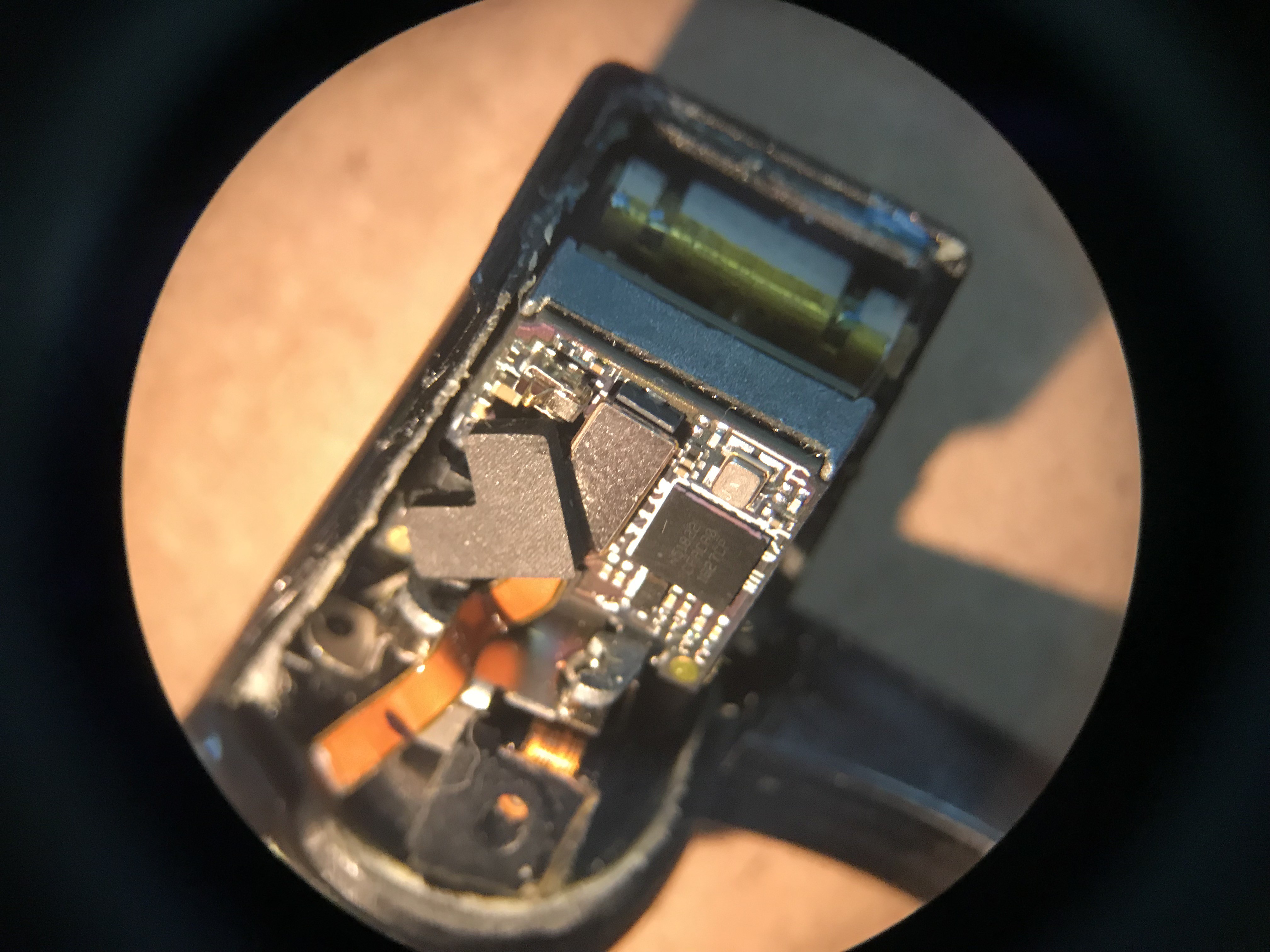
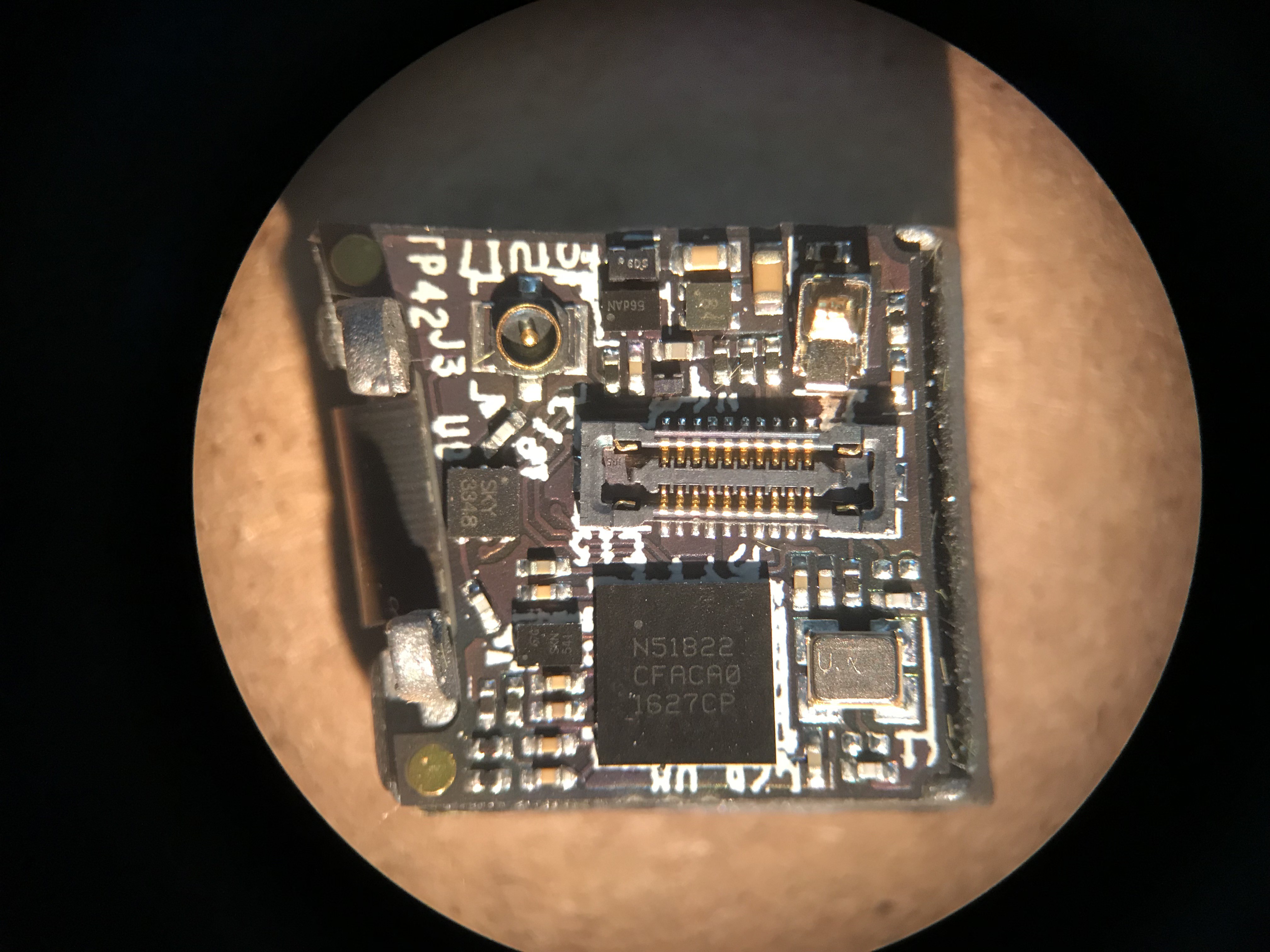


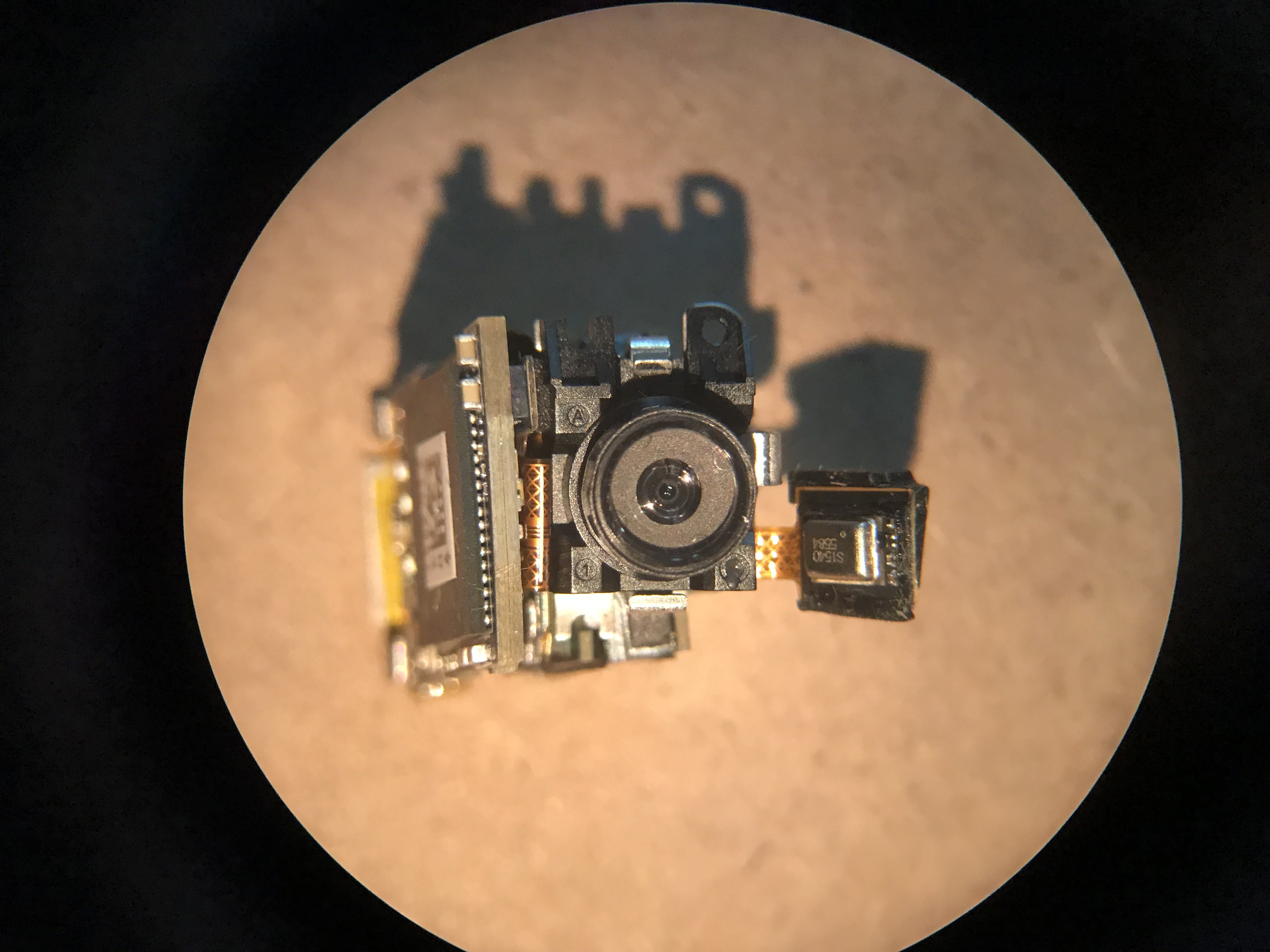

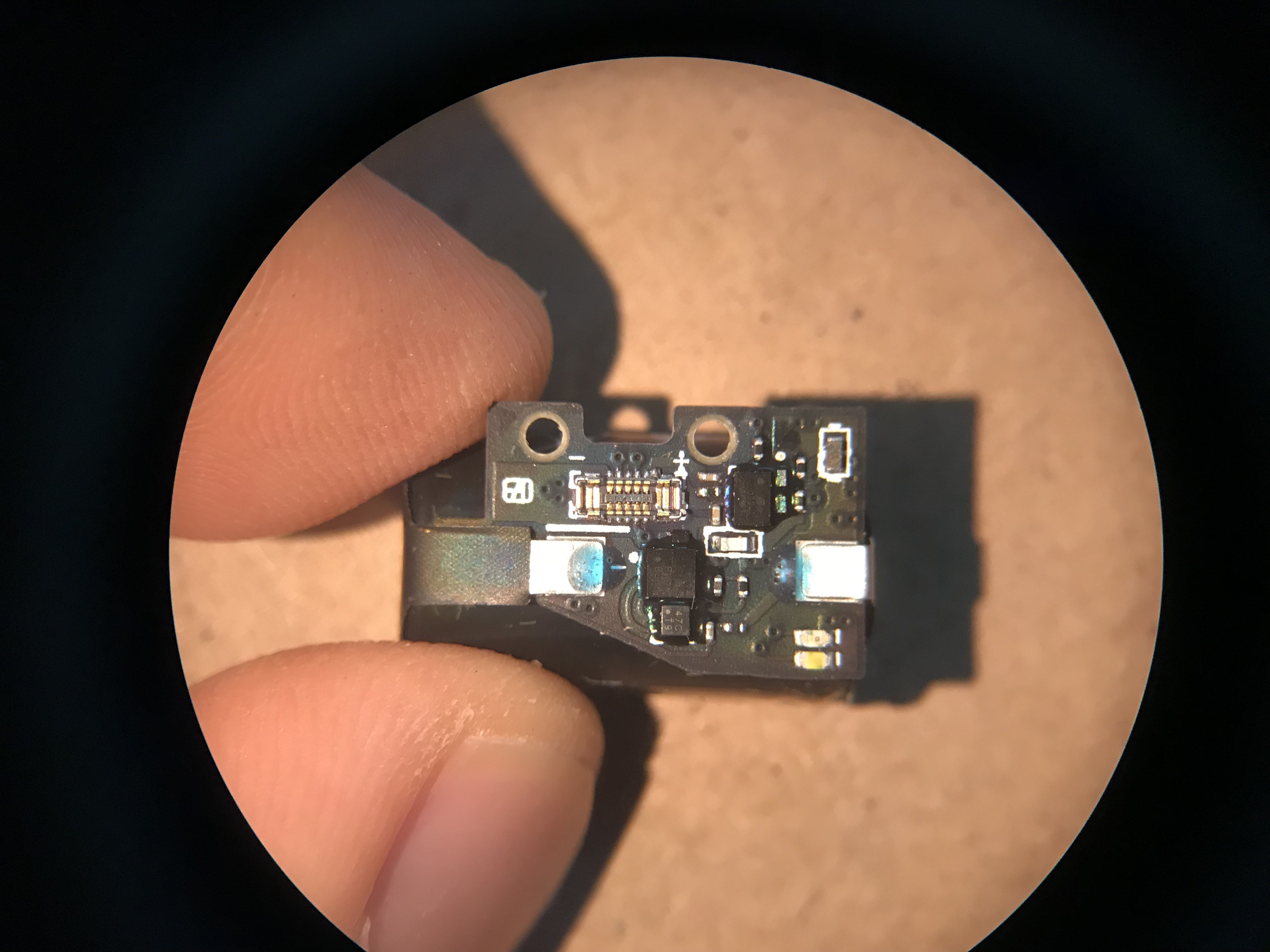
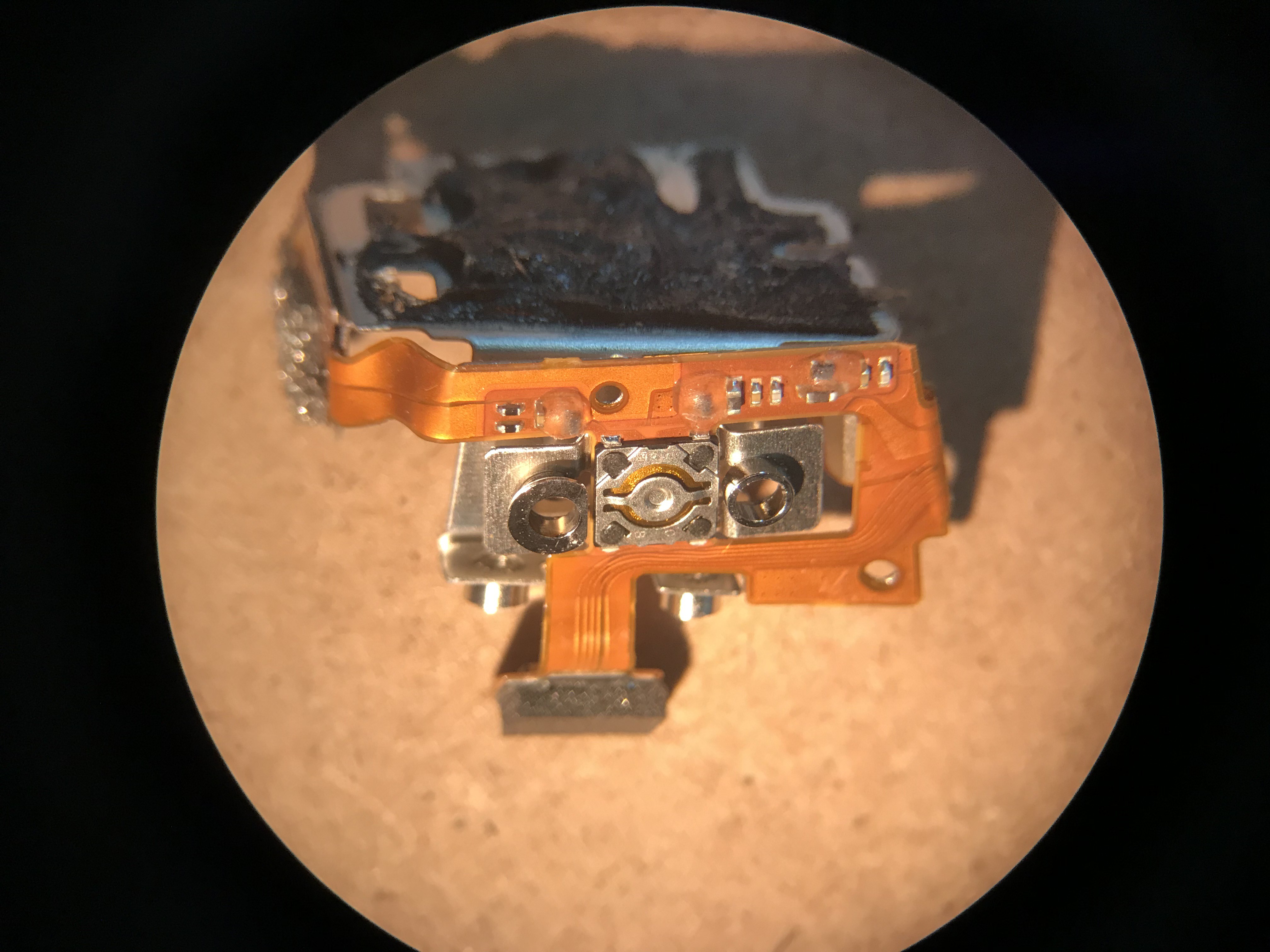
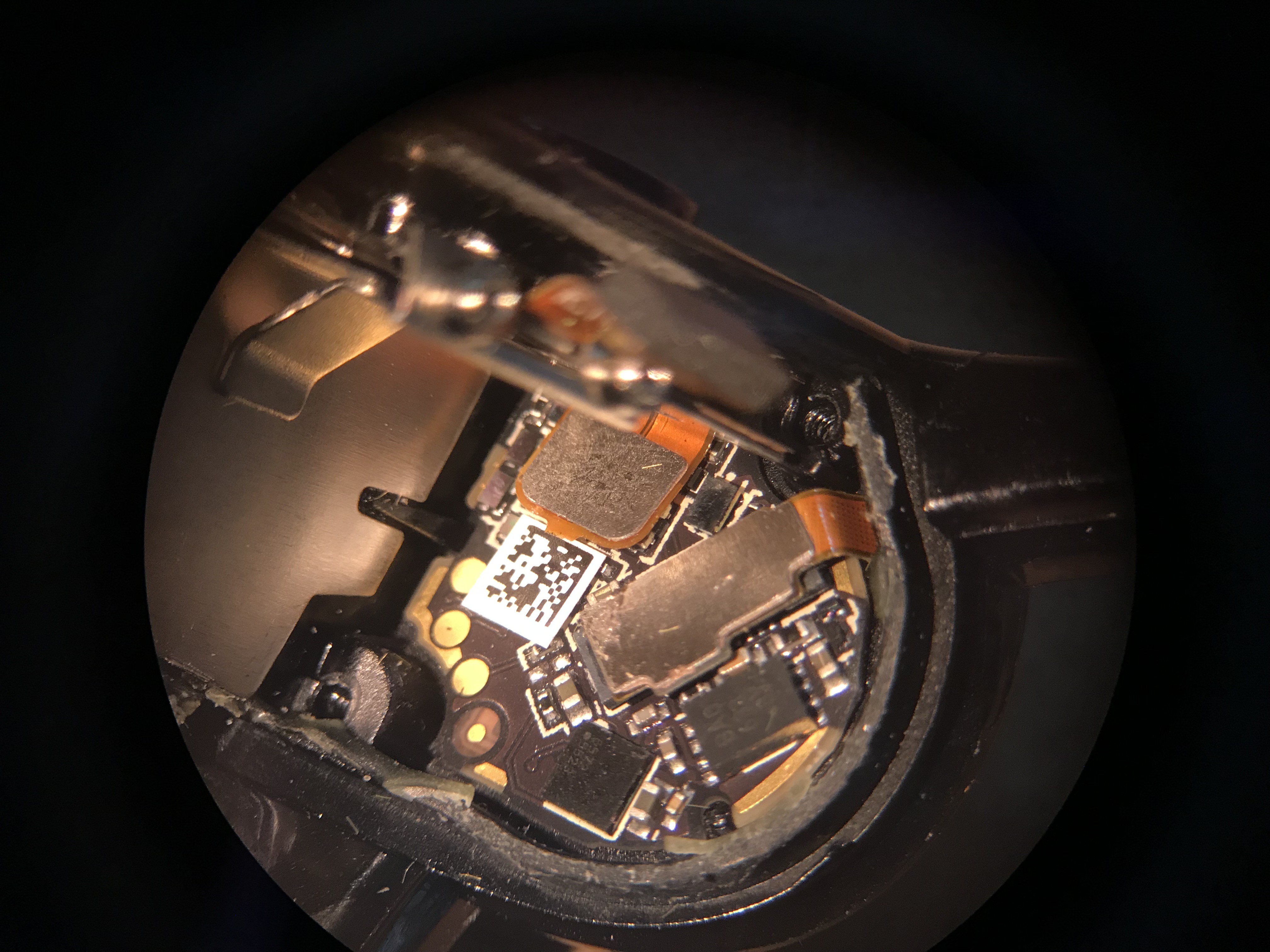
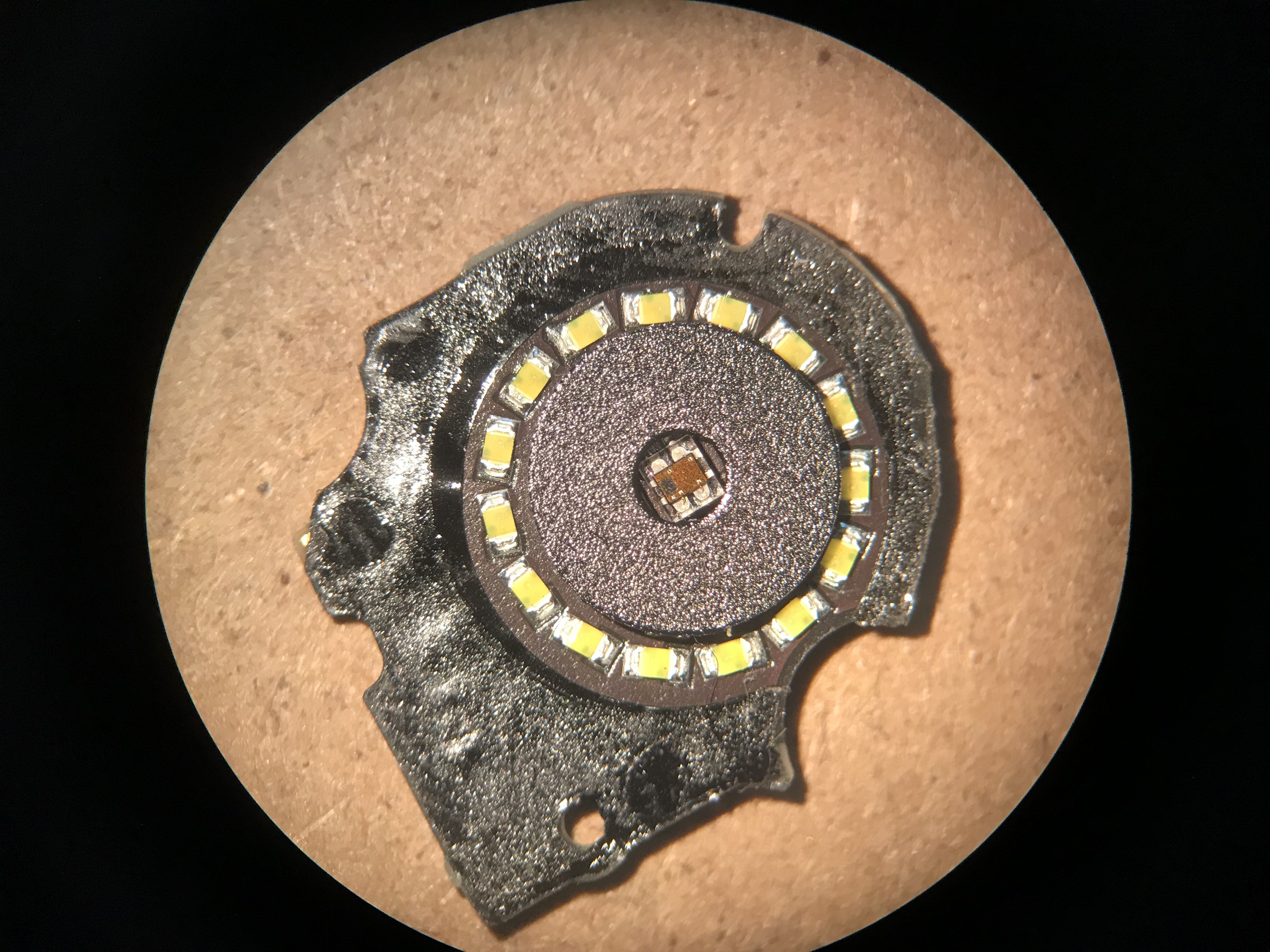

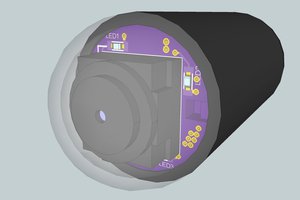
 Ryan Bailey
Ryan Bailey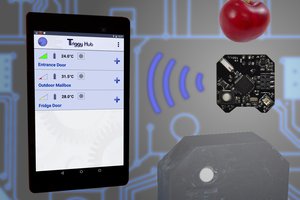
 Vinch
Vinch
 Alejandro Balonga
Alejandro Balonga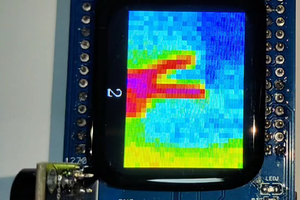
 kingham xu
kingham xu